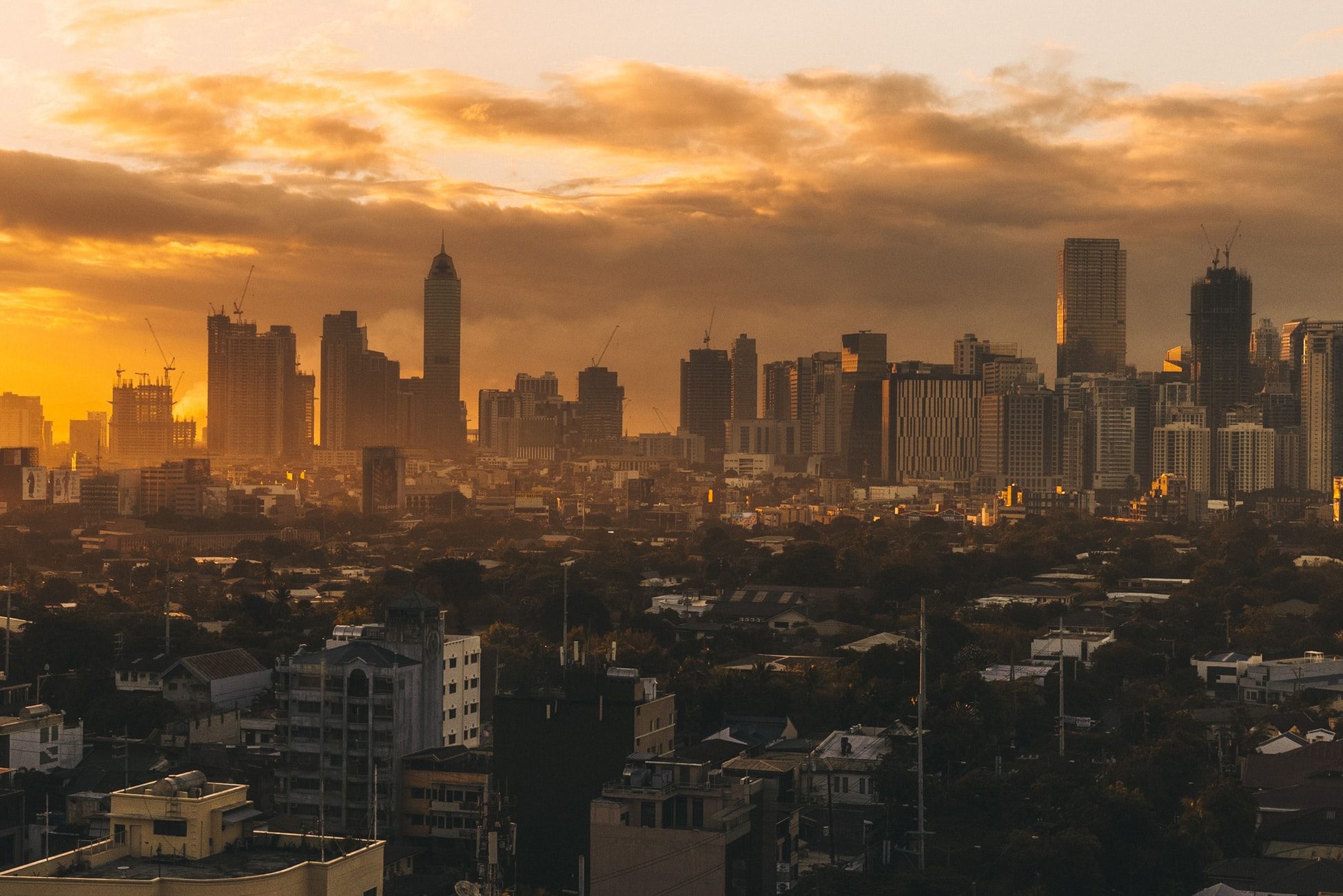The Philippines’ cultural identity is shaped by the historical accounts of old heroics, religion, tradition, and war. From the days of the Spanish rule to the wars of the world, hundreds of structures were built during their respective eras. Though the old days are gone, there is still merit in learning about the history of these structures and the way their designers and architects envisioned them. Here are some of the most distinguished landmarks you can learn from:
Monuments of the Philippines
Numerous monuments around the country commemorate the Philippines’ history and heroes, from the shrine of Lapu-Lapu to the landmark that represents the significance of the EDSA Revolution. Many of these structures stand as a reminder that Filipinos have the fight in them, quite capable of feats that exceed expectations. Heroes like Jose Rizal, Andres Bonifacio, and Sultan Kudarat remain as inspirations to the Filipino people.
Malacañang Palace
The Malacañang Palace’s origins date back to the early 1800s, back when the Philippines was under colonial rule. Through the years, the palace had become the main headquarters and residence of the country’s old leaders, including high-ranking foreigners for when the Philippines had yet to become independent. Today it is the most iconic and well-known structure in the country.
Baroque Churches of the Philippines
The Baroque churches were built during the Spanish Colonial period, where the structures were built by the locals under the guiding hand of the Spanish missionaries.
- San Agustin Church
- Miagao Church
- Santa Maria Church
- Paoay Church
All churches were included in the UNESCO World Heritage List back in 1993.
One of these structures’ most notable traits is its intimidating build, resembling that of other Spanish fortresses despite being a place of worship. This design choice was used for tactical reasons, especially when it comes to deflecting attempts of theft. Their interior design is largely made up of stones and bricks while the outer parts of these churches have remained relatively unchanged, despite centuries of maintenance and war. These churches were also known for establishing a design trend that later local churches would adopt.
University of Santo Tomas Main Building
The University of Santo Tomas is the oldest university in Asia, and one of the best-known universities in the Philippines. Originally named the Colegio de Nuestra Señora del Santísimo Rosario back in 1611, the institution was later renamed to Colegio Santo Tomas, before becoming a university in 1645. The main building, however, did not exist until 1924. The structure was designed by the Spanish civil engineer, Fr. Roque Ruano, who was responsible for the creation of most of the building’s plans. These were finalized in 1923, with construction beginning a year later. The building’s architecture was primarily known for being earthquake resistant, after the Great Kantō earthquake those behind its development.
Manila City Hall
Perhaps one of the Manila City Hall’s most striking features is the clock tower that stands alongside the main building. The Manila City hall offers a blend of familiar and peculiar with its structural design— pertaining to its coffin-like shape. The building was designed by architect Antonio Toledo and was built in 1939.
National Arts Center
The National Arts Center in Laguna is a visual treat for everyone, especially those who can appreciate its architecture. The place opened in 1976, established by the then First Lady Imelda Marcos who wanted it to be a haven for aspiring artists. The National Arts Center was known for the Tanghalang Mariang Makiling, an open-air theatre with a unique tent-like design which is used as a function venue and a tourist destination. The St. Marc’s Chapel is also notable thanks to its open backdrop and wall-less design, which was done by National Artist Leandro Locsin.
Manila Post Office
This large, neoclassical building was designed by renowned architects Juan Arellano and Tomás Mapúa and is considered to be the former’s most celebrated work. The Manila Central Post Office is the central hub of the country’s mail-related operations. The building is comprised of sixteen pillars and a commanding size that signified its importance in the country. Though the building was damaged during the Second World War, it was rebuilt without any alterations to its original design.
There are dozens of unique historical structures that can be found all over the country. Those listed above are just some of the few that can serve as inspiration for architectural design that is not exclusive to buildings alone. Sure, monuments and shrines are simple enough to look at, but their uniqueness shines just as well as the values they represent for the Philippines.
![]()








